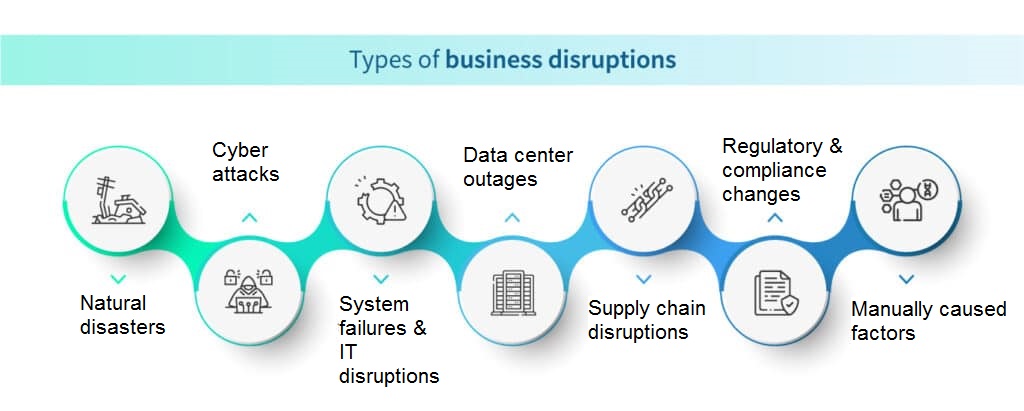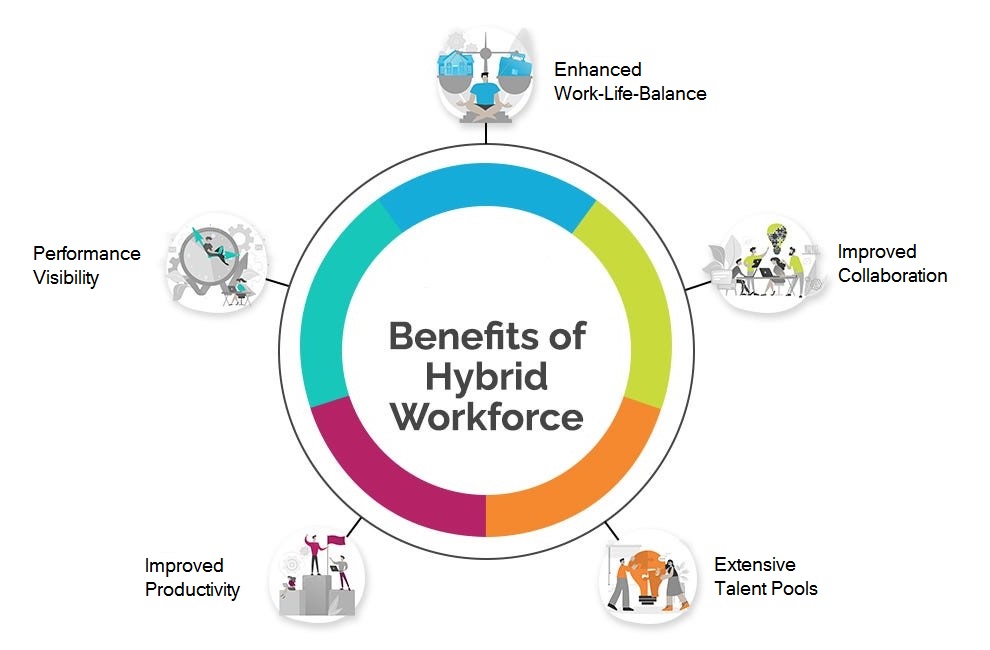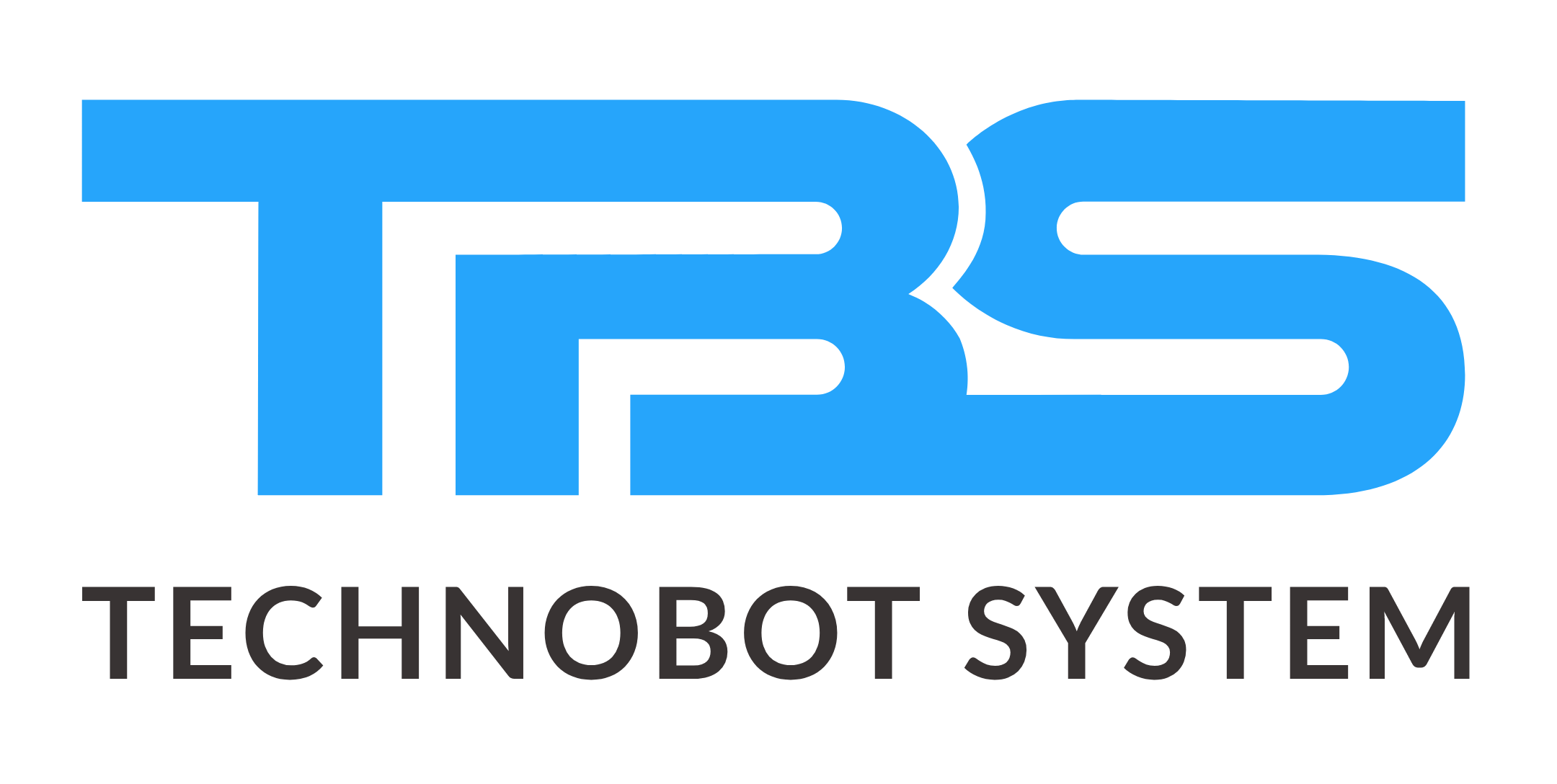In today’s digital-first economy, information technology (IT) infrastructure is more than just a supporting role; it is the foundation of every successful organization. Whether you’re a startup or an established corporation, having a strong and scalable IT infrastructure is critical for driving development, guaranteeing business continuity, and staying ahead of the competition.
Gone are the days when businesses could rely simply on basic systems and infrequent improvements. In 2025, IT will be a strategic asset, influencing everything from customer experience and efficiency to innovation and operational resilience. Investing in contemporary IT infrastructure is no longer an option; it is essential for survival and long-term success.
1. Long-Term ROI: Technology is an investment, not an expense.
One common misperception regarding IT infrastructure is that it is a cost center. In actuality, it provides a quantitative return on investment (ROI) over time through increased efficiency, automation, and better decision-making.
The key regions of ROI are
- Reduced downtime with dependable systems and proactive monitoring.
- Faster workflows thanks to high-speed connectivity and new technologies.
- Improved consumer involvement through connected systems.
- Reduce long-term expenses by avoiding regular patchwork upgrades.
Businesses can avoid costly disruptions and operate more efficiently by investing upfront in excellent infrastructure such as servers, networks, cloud solutions, and security measures.
2. Scalability: Expand without overwhelming your systems.
Modern enterprises must be agile. Whether entering new markets, enrolling additional consumers, or releasing digital goods, the capacity to scale without technical limits is essential.
Why does scalable infrastructure matter?
- Cloud-based solutions enable resources to scale up or down dependent on demand.
- Modular systems can be upgraded without completely replacing them.
- APIs and integrations help businesses evolve with minimal impact.
Investing in scalable infrastructure guarantees that your systems can accommodate future expansion, adapt to new challenges, and remain in line with your long-term company strategy.
3. Business continuity: Protecting operations from disruption.
In a day of cyber threats, natural disasters, and geopolitical uncertainty, business continuity planning is critical. IT infrastructure is critical to ensuring activities continue during unexpected circumstances.

Elements that promote continuity:
- Data backup and disaster recovery systems.
- Redundant servers with failover capability
- Remote access solutions for flexible working.
A well-designed IT infrastructure ensures that your company remains functioning, even when the unexpected occurs. It secures data, reduces downtime, and helps to keep consumer trust in challenging times.
4. Competitive Advantage: Staying Ahead of the Digital Race
Today’s marketplace is characterized by speed, innovation, and customer expectations. Companies that use current IT infrastructure have a substantial advantage over competitors who lag behind.
The competitive benefits include
- Reduced time-to-market for goods and services
- Real-time data analytics to improve decision-making
- Enhanced cybersecurity to safeguard brand reputation.
- Improved consumer experiences with connected systems.
From AI-powered tools to IoT integrations, strong infrastructure helps firms to innovate constantly and respond rapidly to changing market conditions.
5. Security and Compliance: Meet Today’s Digital Demands
Data breaches and privacy concerns are on the rise; therefore, IT infrastructure must support strong cybersecurity and regulatory compliance. Outdated systems are more vulnerable to attacks, resulting in financial and reputational losses.
Modern infrastructure solutions provide:
- Integrated firewalls and threat detection
- Secure access control and encryption
- Compliance-ready designs aligned with global standards (e.g., GDPR and HIPAA)
Investing in secure infrastructure ensures that sensitive data is not only protected but also meets industry-specific regulatory standards.
6. Enabling Remote and Hybrid Workforces
The post-pandemic work culture has made remote and hybrid models the norm. Supporting remote teams is challenging, inefficient, and unsafe without the proper IT systems in place.
Infrastructure requirements for remote work:
- Cloud collaboration technologies, such as shared drives and communication platforms.
- VPNs and Secure Access Systems
- Device management and endpoint security.

Investing in IT infrastructure enables employees to operate remotely while retaining security, efficiency, and team cohesiveness.
Conclusion:
In 2025, IT infrastructure is more than servers, networks, or storage — it’s the engine that drives digital success. From operational continuity and scalability to long-term ROI and innovation, the right investment in infrastructure empowers businesses to not only survive but thrive.
Organizations that prioritize infrastructure are better equipped to handle disruption, capture new opportunities, and maintain a competitive edge. The choice is no longer whether to invest in IT infrastructure — it’s how quickly you can do it before falling behind.

